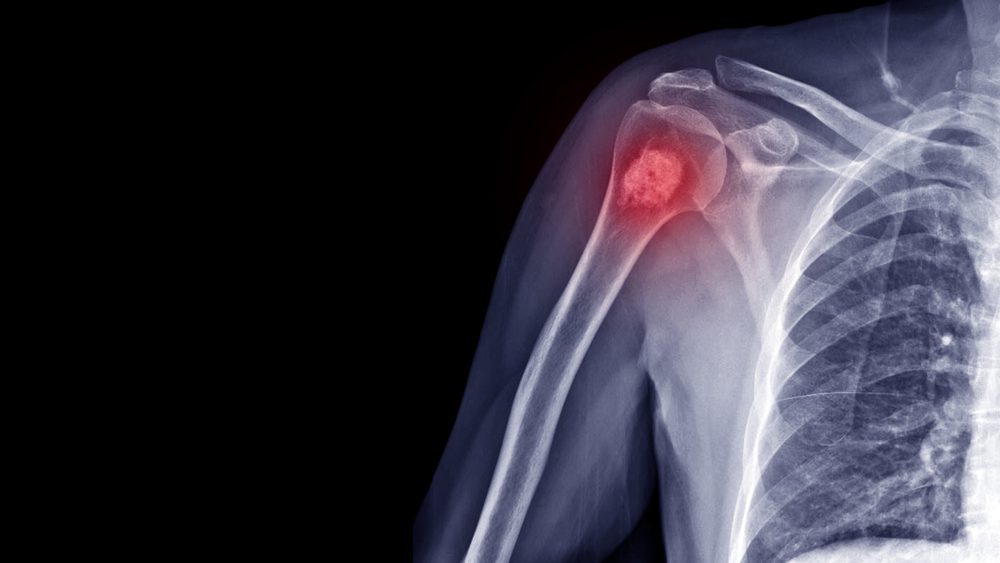
Let’s talk about sudden leg weakness and what serious conditions can indicate it!
A feeling of sudden leg weakness, causing your legs to buckle or give out, can be alarming. The condition is a common symptom of many different injuries and health conditions. Not all of them are serious, but sometimes weakness in the legs indicates a medical urgency that requires prompt medical treatment, especially sudden weakness.
This condition not only refers to weakness that is very obvious over seconds, hours, or days. In some cases, sudden leg weakness may have been coming on for weeks.
In this article, we’ll discuss a few potential causes of it and other symptoms you need to know.

























